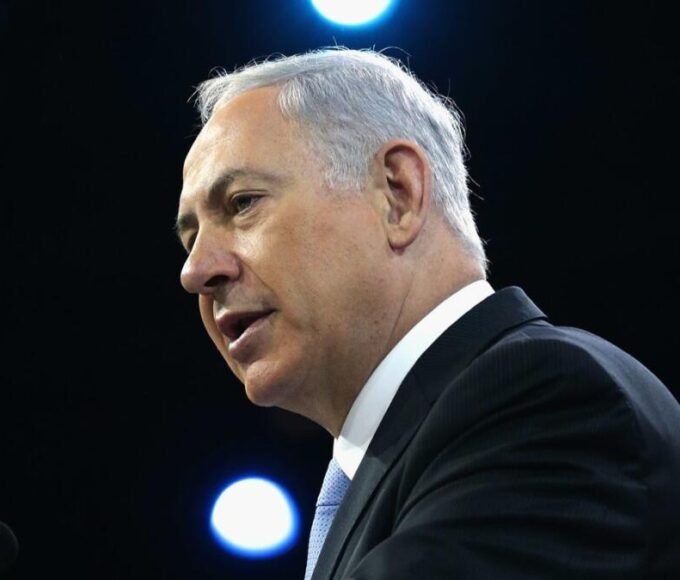Table of Contents
A Show of Strength in the Caribbean
In August 2025, the Trump administration escalated its aggressive stance on Latin American drug cartels by deploying more warships near Venezuela’s coastline. This move comes as part of an intensified crackdown aimed at breaking the grip of narcotics traffickers who have long destabilized the region and threatened U.S. national security.
The arrival of advanced naval vessels, including guided-missile destroyers and a nuclear-powered submarine, alongside thousands of U.S. Marines and sailors, signals a significant military and diplomatic escalation designed to pressure Venezuelan leader Nicolás Maduro and his alleged ties to cocaine trafficking.
The Context: Drug Trafficking and Regional Security
Venezuela has been accused by the U.S. government of collaborating with drug cartels such as the Sinaloa cartel and Venezuela’s own Tren de Aragua gang. U.S. officials link Maduro himself to cocaine trafficking, a charge that has intensified ever since the reward for his capture was doubled to $50 million.
The drug trade not only fuels violence and corruption within Venezuela but also floods the United States and other countries with narcotics, exacerbating public health and security challenges.
Naval Deployment Details
The Trump administration’s naval task force includes several Aegis-class guided missile destroyers such as the USS San Antonio, USS Iwo Jima, and USS Fort Lauderdale. These warships are accompanied by around 4,500 service members, including 2,200 Marines ready for potential operations in the southern Caribbean.
Additionally, a missile cruiser and a fast nuclear attack submarine are en route, expanding the U.S. military’s operational footprint near Venezuelan waters.
Venezuela Responds with Military Mobilization
In response, Venezuela has announced the deployment of 15,000 troops to its border with Colombia and increased the use of warships, drones, and aircraft to patrol its coastline. Defense Minister Vladimir Padrino López emphasized the country’s resolve to defend its sovereignty, calling on citizens to join local militias.
Maduro framed the U.S. naval presence as imperial aggression and vowed to protect Venezuelan territory, raising tensions throughout the region.
Regional and Global Reactions
The naval buildup has drawn mixed reactions. Some Latin American leaders caution against military escalation, fearing destabilization. Others applaud efforts to combat drug trafficking that has inflicted widespread suffering.
International analysts largely consider a direct U.S. invasion unlikely but recognize the deployments as a message of serious intent and readiness to intensify operations against narco-terrorism.
The Human Impact of the Drug War
While military maneuvers dominate headlines, the human cost of the drug trade remains staggering. Families torn apart by addiction, communities living under the shadow of cartel violence, and migrants fleeing insecurity illustrate the depth of the crisis.
Efforts to combat trafficking must balance security actions with social programs, economic development, and international cooperation to create lasting change.
Trump’s Strategic Vision
For President Trump, this naval deployment embodies a commitment to “max pressure” strategies aimed at drug kingpins and corrupt regimes. It follows earlier sanctions, diplomatic isolation, and covert operations targeting cartels.
Trump’s approach emphasizes decisive force paired with intelligence, sanctions, and regional collaboration to dismantle narcotic networks.
The Risks and Uncertainties
Military escalations near Venezuela carry the inherent risk of miscalculations or unintended conflicts. Both Washington and Caracas tread cautiously, aware that further confrontation could inflame regional tensions.
Diplomatic channels remain open, though tenuous, and the international community watches closely for developments.
The Path Forward
Ultimately, combating drug cartels requires a multipronged approach: smart policing, regional partnerships, reduced demand, and economic alternatives for vulnerable populations.
The U.S. naval presence near Venezuela is one tool among many, signaling resolve but also underscoring the complexity of the narcotics challenge.
Conclusion: A Defining Moment in the Drug War
The deployment of additional U.S. warships near Venezuela marks a critical chapter in the ongoing battle against Latin American drug cartels. This show of military strength underlines the seriousness with which the Trump administration views the threat and its determination to disrupt illicit networks.
While challenges remain and risks persist, the combination of force, diplomacy, and policy offers hope for a safer future for the region and beyond—where drug trafficking no longer dictates lives or undermines security.
Read More: Mexican Drug Lord ‘El Mayo’ Pleads Guilty: Justice Prevails











Leave a comment